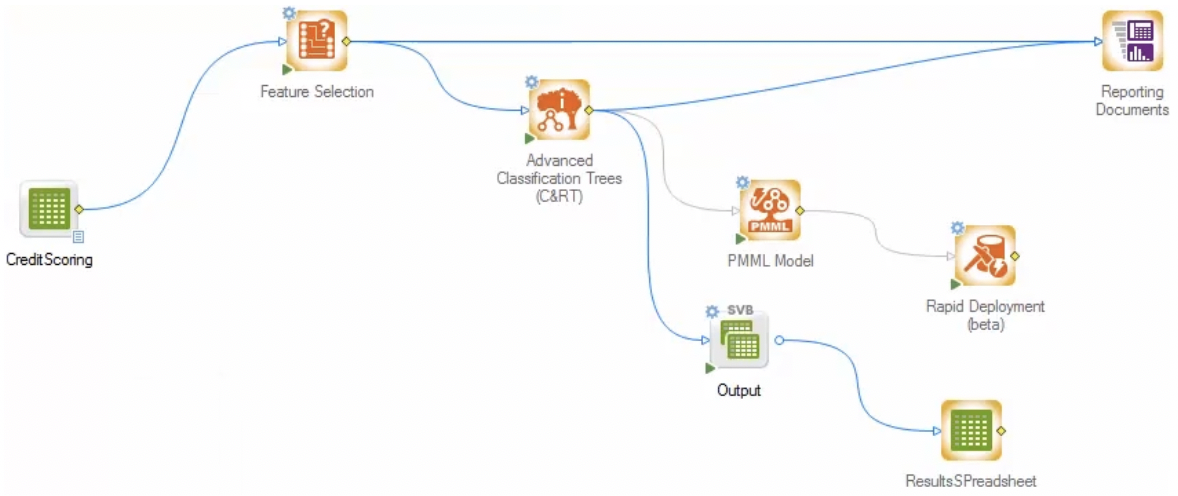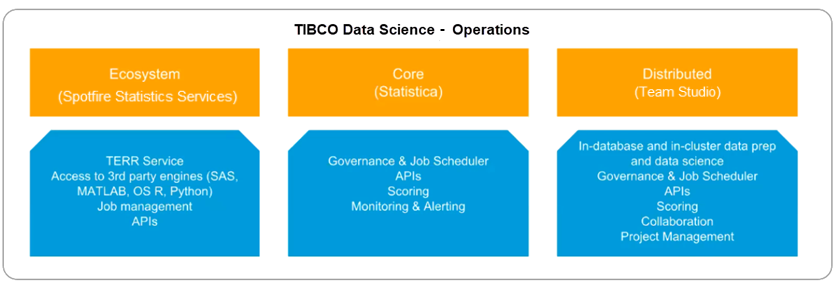
TDV also offers an intuitive web-based data catalog for non-technical users to not only search for the data they need, but also create and publish their own views (called Flows).įirst we will create a view to access our JPEG cover images. Note : For this exercise we are building our views using TDV Studio, this tool is intended for more technical users familiar with databases. Now that we have access to the data we need, all abstracted from their original source format, we can combine that data into logical views for our use.

In the example below, we are connecting to Amazon S3 to access a text file.


In order words anyone in the organization, from business analysts creating reports and dashboards, developers creating high-value apps to data scientists looking to build ML models, can now easily access any data they need from a single location. All this done virtually in real-time, without any costly ETL or data duplication, and while ensuring the governed access, security, quality, and lineage you need to take back control of your data.

TDV is a must-have for all organizations, it makes it incredibly simple to connect to just about any data source anywhere (from mainframe, cloud to SaaS and IoT), merge and augment data from these multiple views into views, and make these views easily accessible by anyone and via industry standards such as REST, SOAP, JDBC, and ODBC. Perhaps the most powerful to me has to be TIBCO Data Virtualization (TDV). From event-driven API-led data integration, contextual event processing and process automation, powerful data management, and all the way to hyper converged analytics combining streaming data analytics and data science, TIBCO supports the entire data pipeline to streamline your processes and generate actionable insights. As I’ve mentioned before, TIBCO has a lot of great solutions.


 0 kommentar(er)
0 kommentar(er)
